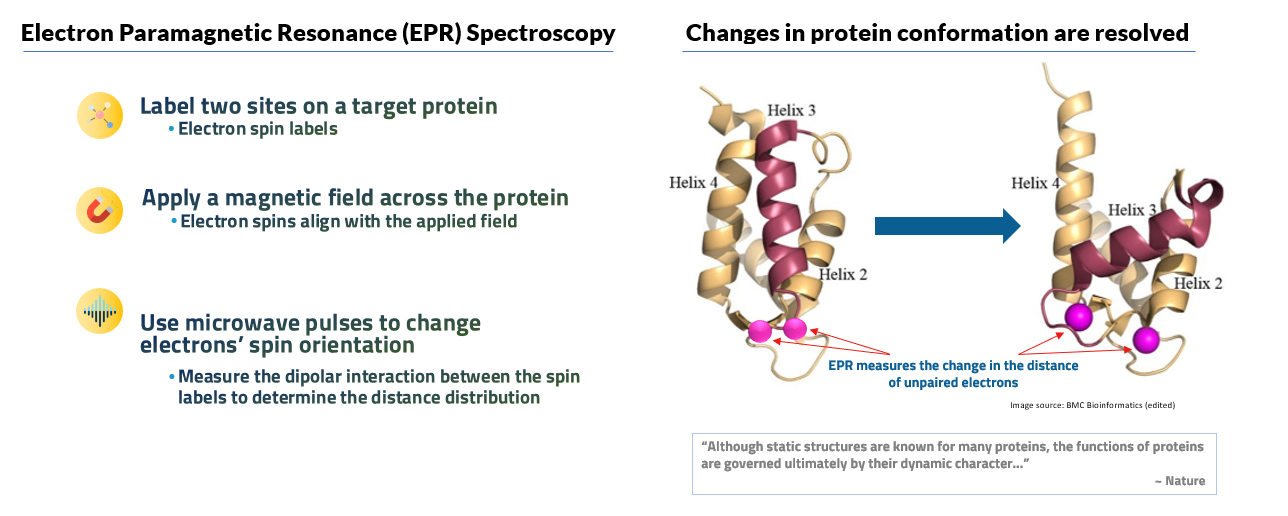Mike Lazaridis
Mike Lazaridis is Managing Partner and Co-Founder of Quantum Valley Investments.
Mr. Lazaridis co-founded and served in various positions at BlackBerry (formerly Research In Motion), including Co-Chairman and Co-CEO of RIM from 1984 to 2012 and Board Vice Chair and Chair of the Innovation Committee from 2012 to retirement in 2013.
In addition to founding the Quantum-Nano Centre, Mr. Lazaridis established in 2000 the Perimeter Institute for Theoretical Physics (PI), where he serves as Board Chair. PI has been widely recognized as a leading international centre for Physics research, training and outreach. His efforts also have helped generate important private and public sector funding in support of the Institute. He has donated more than $170 million to Perimeter and more than $100 million to IQC.
He is a Fellow of both the Royal Societies of London and Canada and has been named to both the Order of Ontario and Order of Canada. He was awarded Canada’s most prestigious innovation prize – the Ernest C. Manning Principal Award. He also was listed on Maclean’s Honour Roll as a distinguished Canadian in 2000 after opening the Perimeter Institute, was named one of TIME’s 100 Most Influential People, was honored as a Globe and Mail Nation-Builder of the Year and received the 2018 IEEE Honorary Membership.
Mr. Lazaridis holds an honorary doctoral degree in Engineering from the University of Waterloo (where he formerly served as Chancellor), as well as a doctor of Laws from McMaster University, University of Windsor, Université Laval and University of Western Ontario.
Mr. Lazaridis was born in Istanbul, Turkey. He and his family moved to Canada in 1966, settling in Windsor. At age 12, he won a prize at the Windsor Public Library for reading every science book in the library. In 1979, he enrolled at the University of Waterloo to study electrical engineering. During his last year at university, he co-founded RIM.

